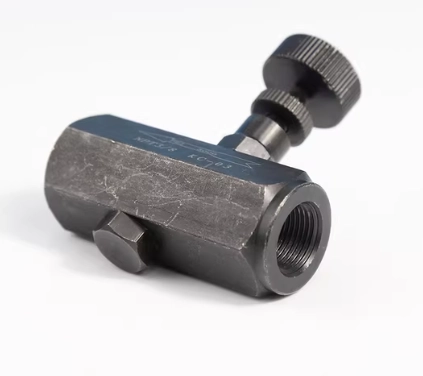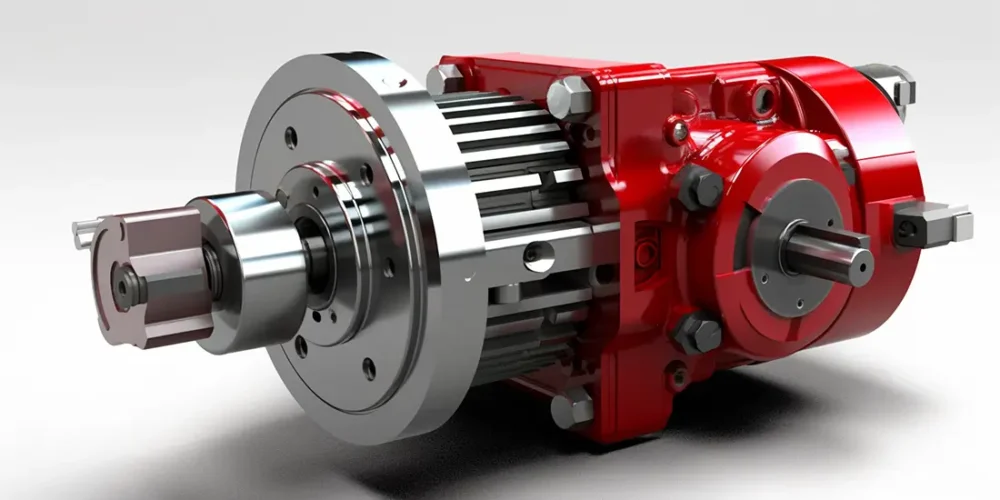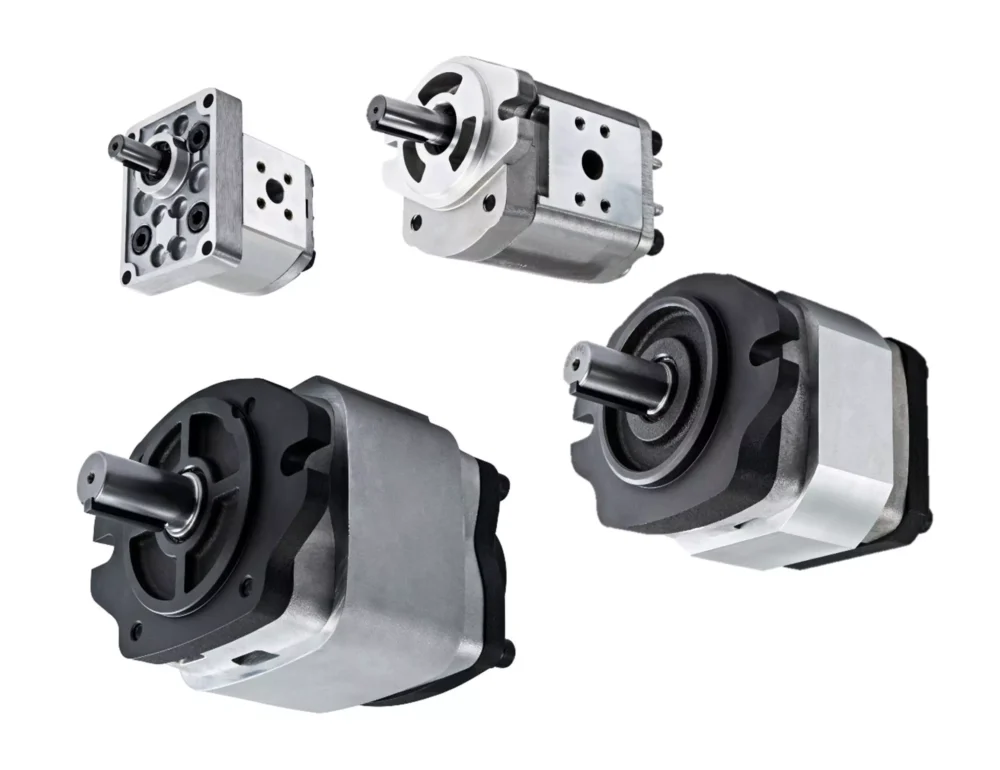Standardized and safe use of hydraulic pumps can greatly reduce safety hazards in hydraulic systems and improve the stability of hydraulic systems. So, what are the eight precautions to pay attention to when using hydraulic systems?
1.Sometimes it is necessary to connect the oil to the housing of the hydraulic pump and motor to facilitate cooling of the hydraulic pump and motor. But remember not to make the oil pressure in the housing high, otherwise it will damage the hydraulic pump and motor shaft seal. At the same time, some plunger pumps will also increase the resistance of the plunger in the oil suction chamber to extend outward.

2.When the hydraulic pump is usually at zero eccentricity or the system working pressure is less than 8MPa, when the hydraulic pump leakage is too small, causing the pump casing to heat up, forced circulation cooling of the oil circuit can be used.
3.The speed control valve installed in the hydraulic pump should not be used for system pressure regulation. It can only be used as a safety valve. In some types of hydraulic pumps, it is equipped with a simple safety valve. Direct-acting speed control valve. The pipe diameter of this valve is small and is generally not used for system pressure regulation but can only be used as a safety valve. The speed control valve and the safety valve have similar structures, but the pipe diameters of these two valves are different and their purposes are also different. As a speed control valve for system pressure regulation, the pipe diameter of the valve is required to be large, and it is mainly used to stabilize the system pressure and pass different flow rates; the safety valve is mainly used to maintain the system pressure, but not exceed the load. The pipe diameter is small, and the flow rate is small, so the system pressure cannot return to normal. Therefore, the speed control valve in the hydraulic pump should not be used for system pressure regulation and can only be used as a safety valve.

4.Try to avoid the hydraulic pump’s rotating shaft from being subjected to large radial forces. Except for specially designed hydraulic pumps that can withstand large radial forces, the rotating shafts of most hydraulic pumps cannot withstand large radial forces. If the shaft is subjected to large radial forces, the forces on the relevant parts of the pump will be very extreme, or the sealing capacity in the pump will not be generated normally, resulting in early damage to the hydraulic pump.
5. The constant power transmission circuit must not be used alone. The constant power transmission circuit is formed by a fixed displacement pump and a variable displacement motor. The transmission circuit has a large speed stiffness. The speed stiffness of the circuit is proportional to the square of the motor displacement. When the displacement of the variable displacement motor decreases, the speed stiffness drops sharply and the rotation distance that can be generated decreases. Therefore, this circuit is rarely used alone.

6. Pay attention to the use of pumps and motors. The use of pumps as motors is conditional. In some hydraulic systems, the same component (the pump may be a motor) is required to sometimes operate as a pump and sometimes as a motor. When selecting these components, it should be noted that in principle, a hydraulic motor can operate as a pump, but a pump as a motor is conditional. For example, some gear pumps can only rotate in one direction, and hydraulic pumps with a check valve cannot be used as hydraulic motors at all.

7. Avoid excessive pressure loss in the pipeline, which may cause the output flow of the constant power variable pump to fail to meet the estimated requirements. The outlet of the constant power variable pump is connected to the hydraulic cylinder through a check valve and a reversing valve, and the pump oil of the hydraulic cylinder must also flow into the oil tank through the corresponding valve. If the specifications of some valves are too small, the pressure loss is slightly larger, and the output flow of the pump is too small to meet the needs of rapid movement of the hydraulic cylinder.
8.When multiple execution organizations adopt speed saving, each organization cannot always maintain the flow and pressure demand coordination. However, the speed saving circuit will inevitably cause overflow loss. At present, if only one pump is used to supply oil, the maximum pressure and flow required by the hydraulic system must be used as the basis for pump selection. We cannot adapt well to the situation of low pressure and small flow and high pressure and large flow, resulting in low efficiency of the hydraulic system.

Regular maintenance and servicing are also essential to ensure the stable operation of the hydraulic system, reduce the possibility of failure, and extend the service life of the system.
